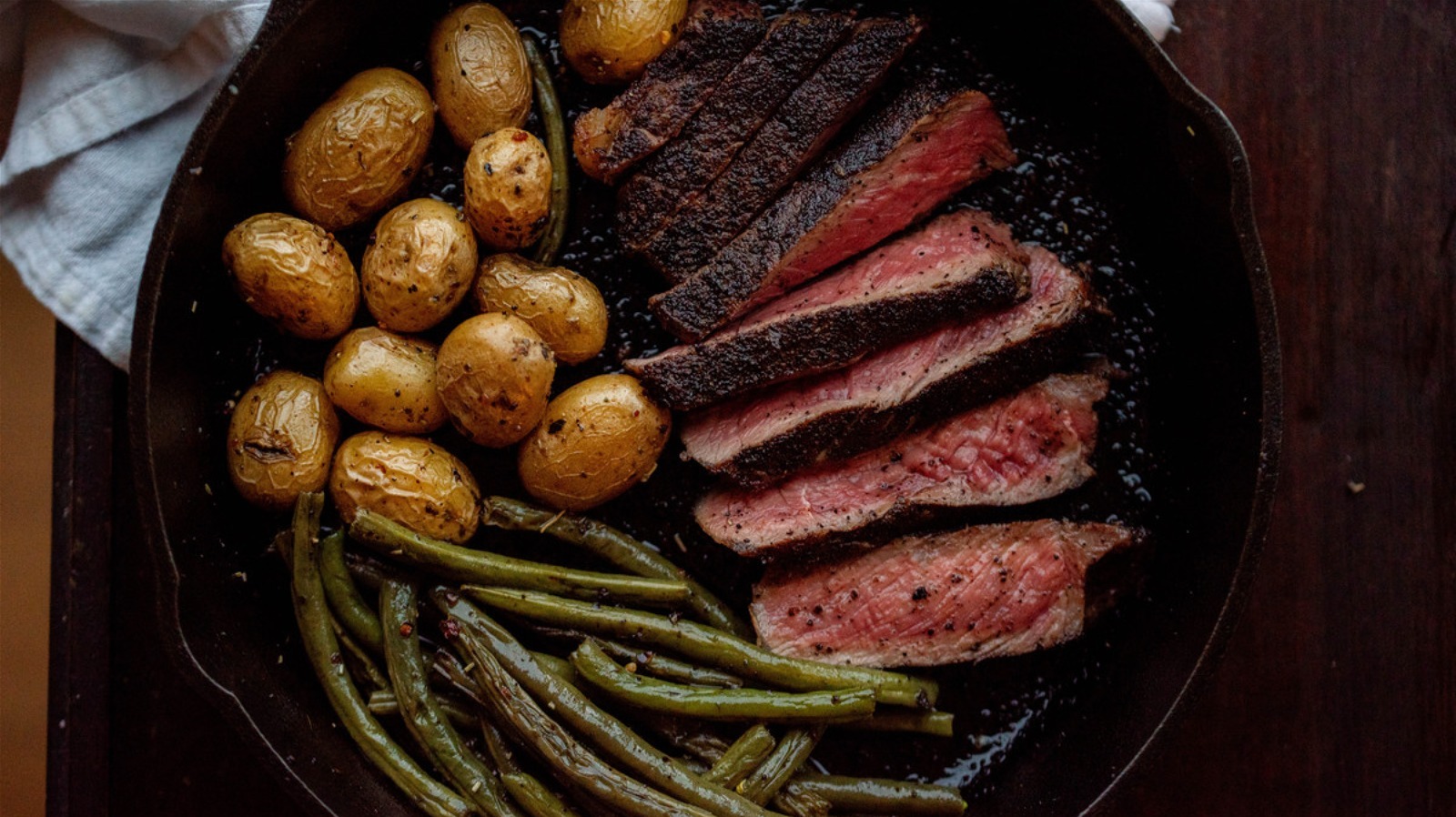
Casa Solada approaches food as a controlled process rooted in technical clarity. We prioritize precision, not improvisation. Every dish reflects structured planning and measured execution.
We select the Ingredients for function and choose techniques based on the outcome. Temperature, texture, acidity, and protein behavior drive our decisions, not trends or sentiment.
Our kitchen focuses on what works. We test, observe, adjust, and apply. The goal is always the same: consistency, control, and a clean expression of culinary intent.
Below are some of our signature dishes, served to perfection for your delight.
1. Sous Vide Lamb Rack
The sous vide lamb rack is a two-bone portion that we serve medium rare. We slow cook it in a water bath, sear it briefly, and finish with black garlic purée and a red wine reduction. The final dish is tender, evenly cooked, and rich without being heavy. It focuses on clean flavors with just enough complexity to hold interest.
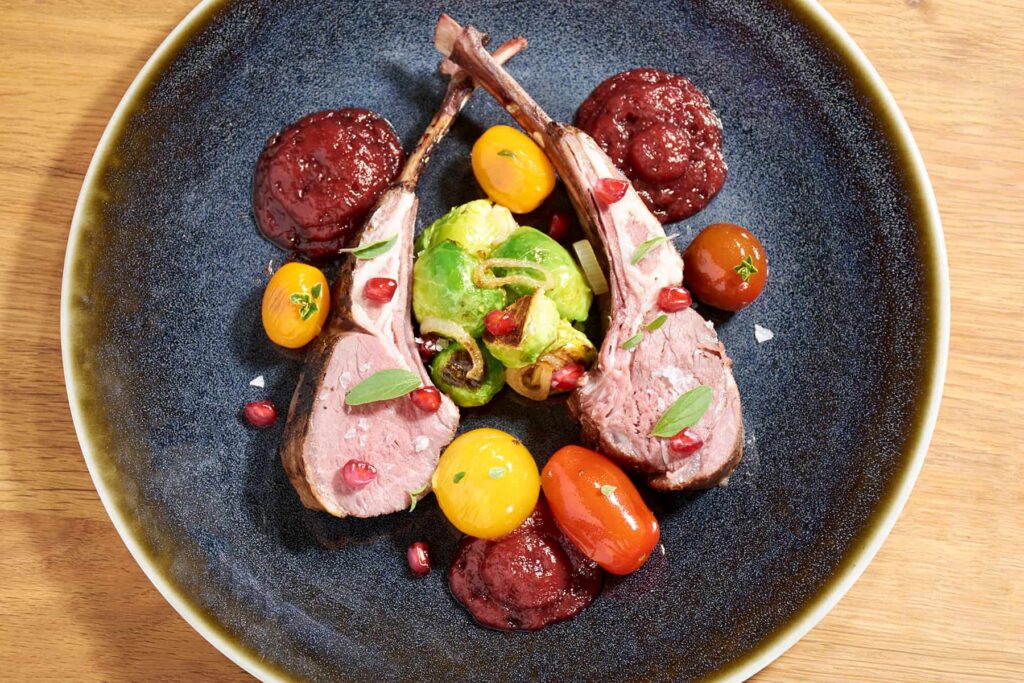
Key Ingredients & Flavor Logic
We use pasture-fed lamb because the fat is cleaner, and the meat has a more natural flavor. Garlic, rosemary, and thyme go into the cooking bag to build aroma without masking the lamb. Black garlic adds sweetness and depth—similar to roasted garlic, but rounder and less sharp.
The red wine sauce adds acidity, which keeps the dish from feeling too fatty. It also connects the lamb to the rest of the plate without overwhelming it.
3. Technique & Preparation
We cook the lamb sous vide at 56°C for two hours. This allows it to stay tender, moist, and cooked evenly from edge to center. After cooking, we pat it dry and sear it quickly on each side. That final sear gives it color, texture, and the flavor you expect from grilled meat.
The black garlic is blended smooth with a bit of oil, and the wine is reduced with stock until thick enough to coat the meat without running.
Culinary Reasoning
Sous vide gives us full control over doneness. The lamb stays pink throughout, with no grey ring or overcooked edges. Searing adds flavor and texture, but we keep it short so the inside stays untouched.
The garlic and herbs are gentle background notes. The black garlic and wine sauce bring balance—one is sweet and earthy, and the other is sharp and bright. Together, they round out the dish without distracting from the lamb.
Plating & Presentation
We cut the rack into two bones and stand it upright on the plate to show off the crust and the sear. The garlic purée sits just off to the side, and the sauce goes over the top just before service. It’s simple, clean, and intentional.
2. Pan-Seared Red Snapper with Dill Beurre Blanc
This dish features a skin-on red snapper fillet, pan-seared until the skin is crisp. We serve it with a dill beurre blanc, lightly sautéed vegetables, and a small potato component for balance. The focus is on clean execution and precise temperature control to highlight the fish’s natural flavor.
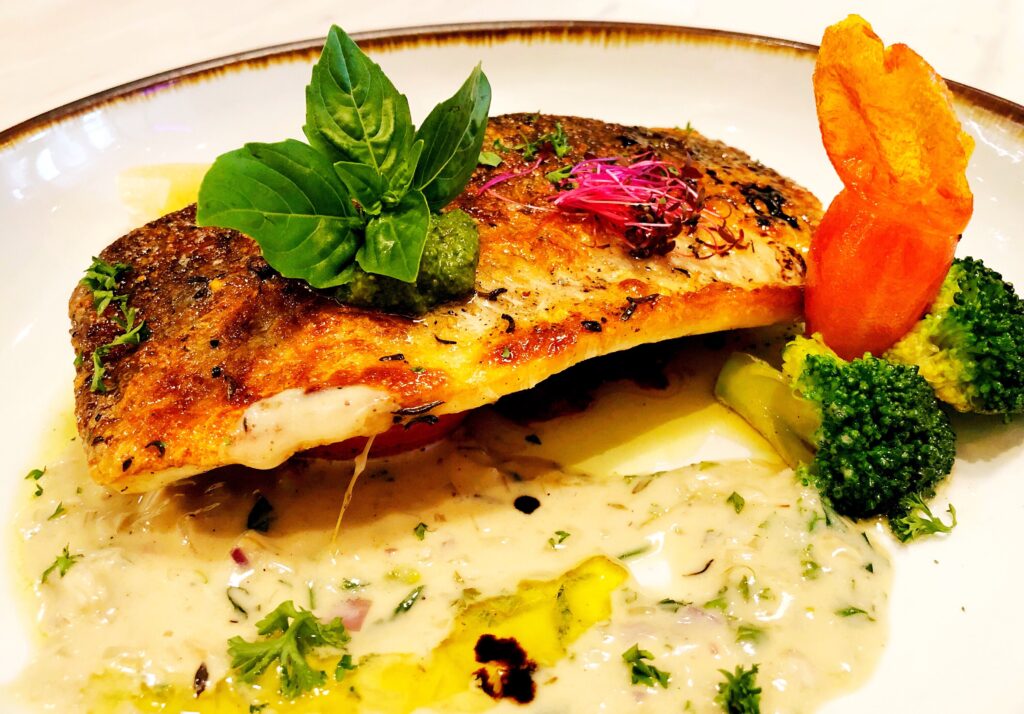
Key Ingredients & Flavor Logic
We use red snapper for its firm texture and mild sweetness. The skin crisps well and adds contrast to the delicate flesh. Dill pairs naturally with white fish and brightens the beurre blanc.
The sauce has white wine, vinegar, and butter. It brings acidity, richness, and a creamy texture without using cream. We keep the vegetables simple—usually a mix of fennel, leek, and carrot—so the fish remains the center of the plate.
Technique & Preparation
The snapper is scored lightly to prevent curling, then placed skin-side down into a hot pan with minimal oil. We apply pressure at the start to ensure even contact with the pan. Once the skin is golden and crisp, we finish cooking it briefly on the other side, off direct heat.
For the beurre blanc, we reduce white wine and vinegar with shallots, then whisk in cold butter gradually to form an emulsion. At the very end, we add Dill to preserve its flavor and color.
We then blanch the vegetables and finish in butter. The potato—usually roasted or crushed—is seasoned simply.
Culinary Reasoning
We keep the skin on because it protects the fish during cooking and provides texture. Scoring helps prevent the skin from tightening and lifting off the pan.
For the Beurre blanc, we make it to order so that the emulsion stays stable and the butter doesn’t separate. The acid in the sauce offsets the natural oils in the fish, which keeps the dish light.
Cooking time is short and closely watched. Overcooking snapper causes the muscle fibers to tighten, making the fish dry and flaky. We avoid that by finishing gently, usually with residual heat.
Plating & Presentation
We serve the fillet skin-side up to highlight the crisp texture. The sauce is spooned underneath to keep the skin dry. We place the vegetables to one side with the potato opposite, creating a balanced plate that reads clean and intentional.
3. Crispy Skin Salmon with Pickled Vegetables & Pomegranate Reduction
This dish presents a pan-seared salmon fillet with crisped skin, served alongside lightly pickled vegetables and finished with a pomegranate reduction. The components are simple, but timing and balance are critical. The acidity from the pickles and fruit reduction cuts through the richness of the salmon without overpowering it.
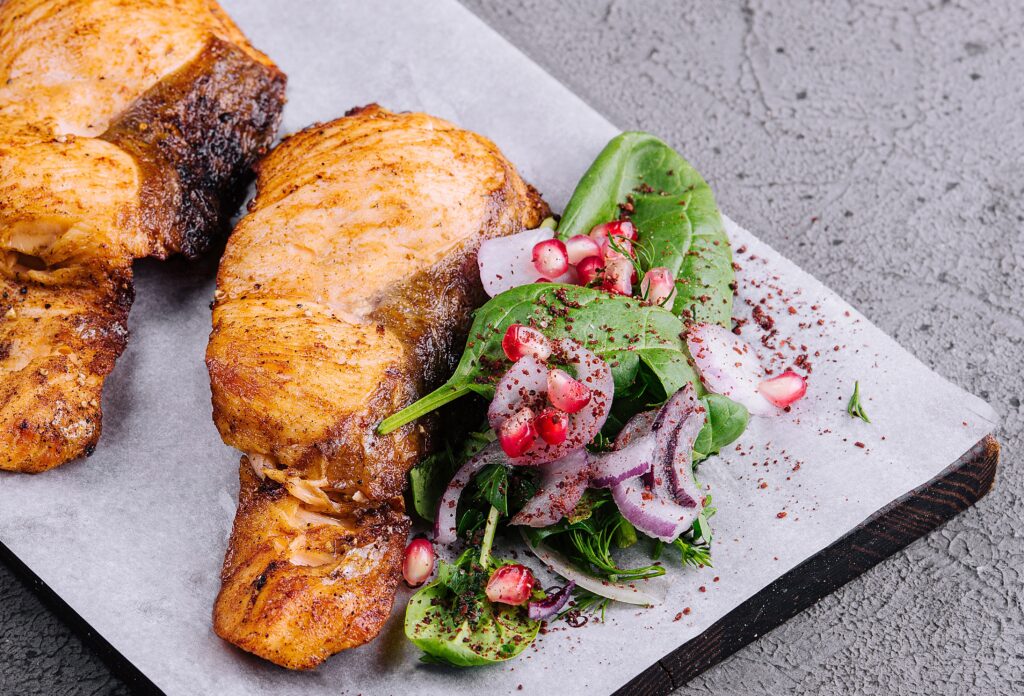
Key Ingredients & Flavor Logic
We use center-cut salmon for even thickness and consistent texture. The skin is left on and dried before cooking to improve crisping. Pickled vegetables—usually carrot, radish, and onion—bring sharpness and crunch. The pomegranate reduction adds fruit-driven acidity with mild sweetness.
We choose each element to contrast the salmon’s fat content. The dish avoids cream or starch, which would soften the sharpness and disrupt the clean finish.
Technique & Preparation
The salmon is scored and patted dry. We then sear it skin-side down in a hot, dry pan to crisp the skin and render the fat. Once the skin is golden, we finish it gently on the other side to retain moisture.
Vegetables are sliced thin, brined in a basic vinegar-sugar-salt solution, and chilled. This process keeps their texture intact while developing flavor.
They make the pomegranate reduction by simmering the juice until it thickens, adding a small amount of sugar and lemon to sharpen the acidity and adjust the finish.
Culinary Reasoning
Crisping the skin is both a texture and flavor decision. Rendered skin gives contrast to the soft interior and carries salt well. Scoring prevents curling, ensuring even sear and full skin contact.
The pickles reset the palate between bites. Their acidity neutralizes the salmon’s richness and lifts the overall flavor. The pomegranate reduction adds brightness and body, tying the dish together visually and structurally.
The chefs time the cooking closely to avoid albumin release and dry flesh. They then use residual heat to finish the fillet without pushing the protein past medium.
Plating & Presentation
We plate the salmon skin-side up to preserve texture. After this, we layer pickled vegetables underneath to provide structure and support.
4. Pulled Pork Bao Buns with Pickled Slaw
This dish features steamed bao buns filled with slow-cooked pulled pork and topped with a sharp, crunchy pickled slaw. It brings together sweet, salty, sour, and fatty elements in a compact format. Though the presentation feels casual, the preparation involves slow cooking, fermentation, and dough handling.

Key Ingredients & Flavor Logic
We use pork shoulder for its fat content and connective tissue, which breaks down during long cooking. The seasoning includes soy sauce, ginger, garlic, and a touch of brown sugar to balance the salt and umami.
We pickle the slaw—typically made with cabbage, carrot, and onion—in a vinegar solution with sugar, salt, and mustard seed. The acid in the slaw offsets the pork’s richness and adds texture. The bao bun itself is slightly sweet, which rounds out the profile and holds the fillings without collapsing.
Technique & Preparation
The pork is braised at low heat for several hours until it breaks apart under light pressure. Once cooled slightly, it is pulled by hand, then reheated with reduced braising liquid to intensify the flavor.
We proof, roll, and steam the bao dough in bamboo baskets to maintain its structure and softness. Timing is critical—over-steaming flattens the buns. The slaw is pickled at least 24 hours ahead to give it enough acidity and depth without becoming soggy.
We assemble each bun to keep texture separation between the hot meat, cold slaw, and soft bun.
Culinary Reasoning
Long, moist cooking breaks down collagen in the pork shoulder and converts it to gelatin, creating a rich texture. Reducing the braising liquid concentrates both salt and sweetness, coating the meat more evenly.
The bao acts as a neutral carrier but also brings a mild sweetness that ties the other elements together. It stays soft yet resilient after steaming.
The pickled slaw is more than garnish—it lightens the dish, cuts fat, and adds crunch. This balance is key, especially in a small-format dish like a bao, where every bite must be complete.
Plating & Presentation
We serve the buns slightly open, filling them just below the fold line to prevent tearing. For color and contrast, we place slaw on top. To add moisture and finish, we may brush the plate with sauce or add a few drops of reduced pork glaze.
5. Black Pepper & Coffee Crusted Beef Fillet
This dish features a center-cut beef fillet coated in a fine crust of cracked black pepper and ground coffee. It’s served with a deep beef jus and a roasted vegetable component. The preparation focuses on heat control, crust development, and contrast between exterior sharpness and interior tenderness.
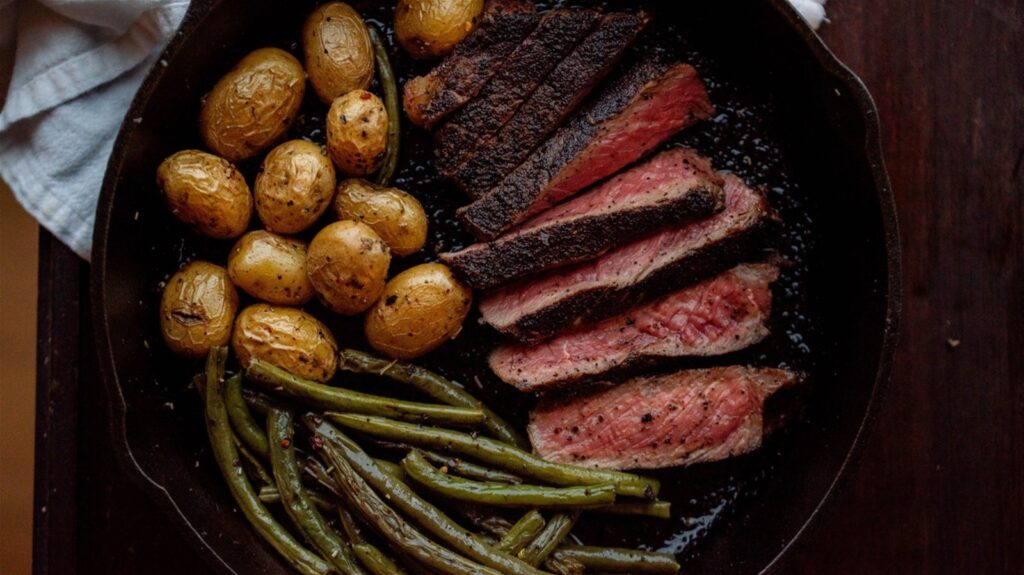
Key Ingredients & Flavor Logic
We use beef tenderloin because of its uniform shape and low connective tissue, which allows for accurate doneness. The crust is a blend of medium-grind black pepper and finely ground espresso. The pepper brings sharpness; the coffee adds bitterness and roasted depth.
The jus is made from reduced beef stock, wine, and aromatics. Root vegetables—usually carrot, beet, or celeriac—are roasted to develop sweetness and structure. These components support the fillet without overwhelming it.
Technique & Preparation
The fillet is trimmed, patted dry, and crusted with the pepper-coffee mix just before searing. It’s seared evenly on all sides in a hot pan, then transferred to a low oven or held gently on a resting rack to finish.
The beef jus is reduced until viscous, seasoned lightly, and passed through a fine sieve. Roasted vegetables are prepped separately and held warm. Final seasoning is adjusted before service to avoid competition with the crust.
Culinary Reasoning
The crust gives more than flavor—it also creates a thermal barrier, allowing the beef to cook gently without drying out. Pepper enhances salivation and opens the palate; coffee deepens the perception of char.
Searing is done quickly to avoid overcooking the outer layer. The fillet is rested to allow juices to redistribute, keeping the interior moist. A heavy hand with seasoning is avoided—the crust itself is the focal point.
The jus adds moisture and umami. Vegetables are chosen for their ability to absorb and reflect flavor without softening too much on the plate.
Plating & Presentation
We slice the fillet into two thick medallions and stack them with a slight offset to show the internal cook. Vegetables are placed tightly to the side for contrast. The jus is spooned underneath or in a clean arc for visual structure.
Consistency Through Method
Technique is not a feature of our cooking—it is the foundation. Each dish discussed here relies on timing, control, and a clear understanding of ingredients under heat, pressure, and acid. That is how we maintain consistency across service, season, and shift.
Precision allows creativity to have structure. It ensures that what leaves the pass is balanced, clean, and repeatable—no matter who’s on the line. This approach is not about complexity for its own sake. It’s about discipline and the trust that comes from doing things properly every time.
📞 0709 753 938 | 0417 103 500
✉ reservations@casasoladahotel.com
To reserve a table or learn more about our current menu, contact us directly. We look forward to serving you.




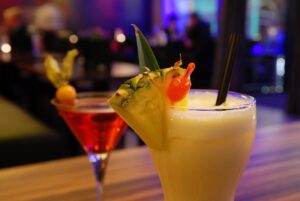
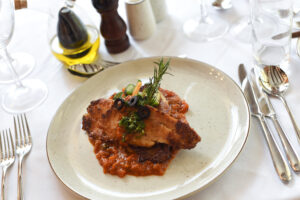
No comment yet, add your voice below!